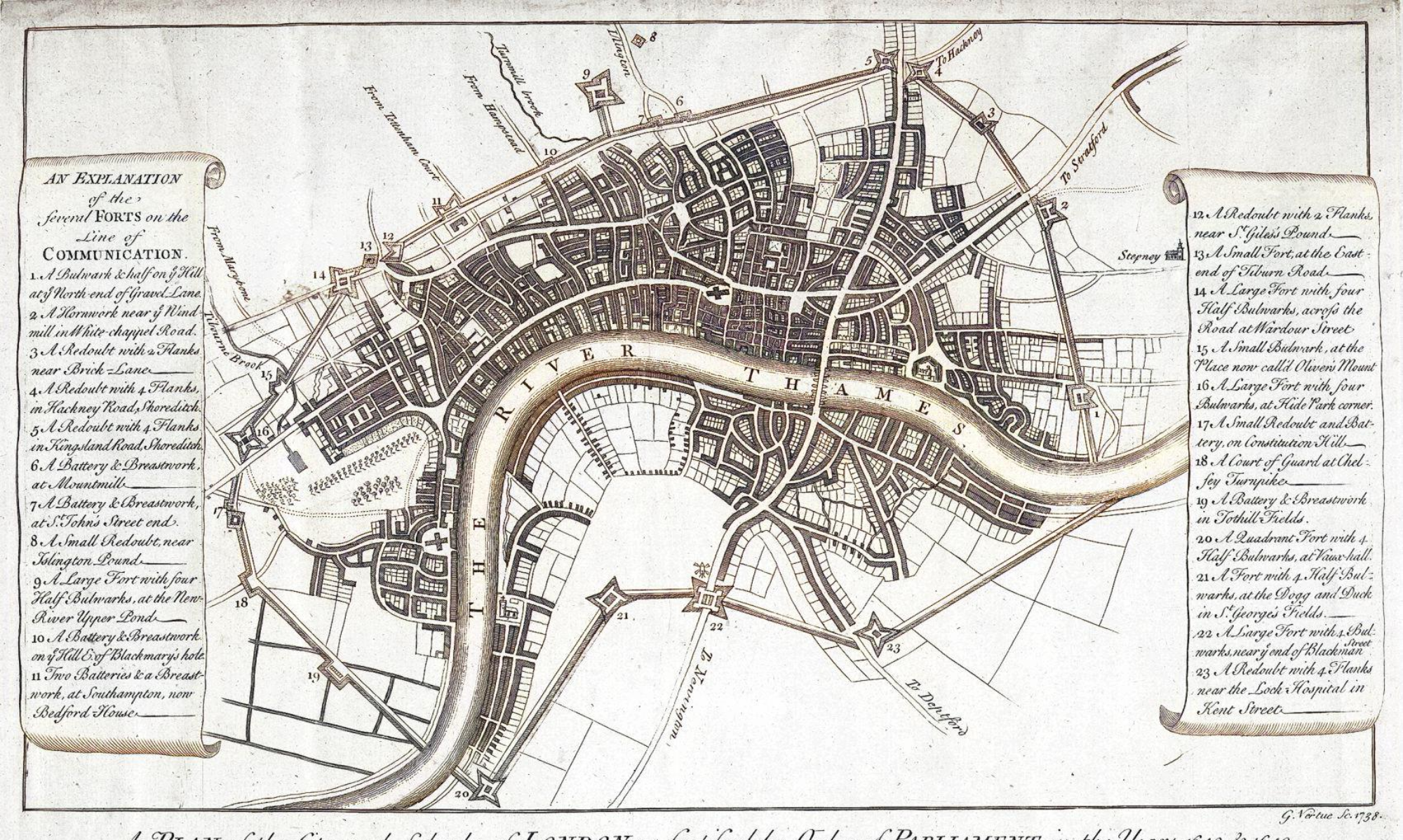To understand Henry Jennings and the decisions he made regarding inheritance, working on his plantation, his relationship with his brother Isaac and Isaac’s children, we must understand Henry in the context of his spiritual and temporal drivers. The following resources enlighten the path to that understanding.
Brady, Marilyn Dell. “Early Quaker Families, 1650-1800.” Friends Journal, Quakers.org, 1 June 2009, www.friendsjournal.org/2009060/.
Tyson, Rae. “Our First Friends, The Early Quakers: PHMC > History > William Penn’s Legacy: Religious and Spiritual Diversity > History.” Our First Friends, The Early Quakers | PHMC > History > William Penn’s Legacy: Religious and Spiritual Diversity > History, Pennsylvania Heritage Magazine, 2011, www.phmc.state.pa.us/portal/communities/pa-heritage/our-first-friends-early-quakers.html.
Roberts, Arthur O. “George Fox and the Quaker Movement: George Fox University.” George Fox and the Quaker Movement | George Fox University, GeorgeFox.edu, 2016, www.georgefox.edu/about/history/quakers.html.
Smith, Samuel. “History of Nova Caesarea – Chapter 6 .” Books – History of Nova Cæsarea, WestJerseyHistory.org, 2002, www.westjerseyhistory.org/books/smith/index.shtml. Book Review https://www.amazon.com/dp/0195049764#customerReviews Learning New Ways 4.0 out of 5 stars The “Virtuous Heathens” of the Founding Studied, With a Bit of Problematic Bias Reviewed in the United States on December 21, 2016 The “virtuous heathens” of the founding of the US are studied pretty carefully in this book. This is a complicated topic with a complicated history that was fundamental to the framing of the US Constitution; the author does a fairly good job although his ridicule of some of the nurturing behavior of the fathers brings into question the author’s objectivity (not to mention his maturity). The book primarily focuses on the “ethical weight” placed on the family in this system, rather than “morals” being imposed by male priests or ministers. I had some trouble with the logic of his seeing this as a “choice” made by the people who became the Quakers; how can you not place the foundation of ethics in the family? The “weighting” of the family he describes is a thing that has to happen by the nature of a human child’s origins and development? The historical “choice” to have male rabbis, priests or ministers impose this was more curiously burdening (not to mention ineffectual), I think. The author comes to much the same conclusion as Richard Beeman in “Our Lives, Our Fortunes, Our Sacred Honor: The Forging of American Independence” in that it was the relative psychological maturity the Quaker family model, as contrasted with the Puritan model or the Southern, largely Catholic, model or the the Appalachian Celtic clan model, that was most instrumental in setting the ideals of the U.S. Constitution, but not the American Revolution. This book has been improved by Jane Calvert’s “Quaker Constitutionalism and the Political Thought of John Dickinson”, Karin Wulf’s “Not All Wives: Women of Colonial Philadelphia” and Ariane Chernock’s “Men and the Making of Modern British Feminism”. I am a descendant of some of the people mentioned in this book, such as the Mendenhall family and the Ellis family. I think that Levy misses some significant issues. I particularly grew weary of his characterizing the Quaker family model as “expensive”. It’s not more expensive than other family models, its just that the Quakers don’t externalize the costs, making others pay for bad child-rearing. The Quakers just had a realistic assessment, for that time and place, of what it costs in time, energy, land and other resources, to raise a child. I also question some of his research into the role of women as legal and economic actors. One of my female Mendenhall ancestors, though married, was granted land in her own name in one of the “yeoperson” purchases made from Penn’s tracts in Concord, PA. She and her sister received grants equal to those of their three brothers in 1688 amid the Glorious Revolution when the Philadelphians had formed leverage for the documentation of the 1689 Bill of Rights and the deposition of the last Catholic monarch. In at least some Quaker families, the daughters were given actual land that matched match sons’ grants, not just personal property. Also, Wulf’s book mentions some other examples of women as economic actors: a female optometrist in Philadelphia who voted in city matters, among others. In this book, the painting Levy includes of Sarah Morris and Benjamin Mifflin, which appears to show their civil disobedience of coverture laws, needs a bit more explanation of the painter Copley’s lens having its own Puritan propaganda bias.
